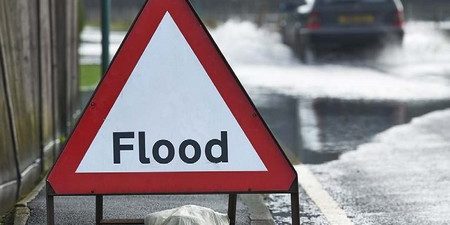 It is a common misconception that it is only coastal towns or those next to rivers that are at risk of flooding. However, the make-up of the ground beneath our feet can also be responsible for surface water which can also have devastating effects in times of high rainfall and therefore, effective drainage systems must be in place to prevent this.
It is a common misconception that it is only coastal towns or those next to rivers that are at risk of flooding. However, the make-up of the ground beneath our feet can also be responsible for surface water which can also have devastating effects in times of high rainfall and therefore, effective drainage systems must be in place to prevent this.
The recent flooding caused by Storm Christoph has further highlighted the importance of Sustainable Drainage Systems but let’s take a look at how SuDS came to be a mandatory requirement.
Origins:
The floods of 2007 led to the Pitt Review (Michael Pitt, civil servant) which highlighted that two thirds of the 57,000 homes affected were flooded not by swollen rivers but by surface water runoff or surcharge from overloaded sewers.
The Pitt Review led to the 2010 Flood and Water Management Act with provisions set to make SuDS mandatory for any construction work that affects the ability of land to absorb rainwater, enforced by new, local authority ‘SuDS Approved Bodies’ (SAB’s).
Since 6th April 2015 the implementation of legislation through local authority SuDS Approved Bodies is no longer. SuDS is now dealt with as part of the overall planning process, with each individual council planning team consulting with the local flood authority on the management of surface water. This consultation will determine whether or not the proposed SuDS meets planning criteria for the prevention of flooding.
SuDS applies to new housing developments of 10 or more dwellings, as well as commercial and mixed-use developments. With regard to existing domestic properties, Permitted Development rights have been removed from new or replacement driveways or other hard surfaces (patios etc), unless permeable paving is used or water drains onto a permeable area within the property. Otherwise planning permission will be required.
How can SuDS compliance be achieved?
Provide an alternative to the conventional means of piping surface water directly into the public sewer. The aim is to drain surface water into the ground or provide temporary storage so water can be released slowly. This can be achieved by surface water runoff to soft landscaped areas, soakaways, attenuation tanks, retention ponds and permeable paving such as, for example Limegate Solutions UV Resin Bound Surfacing’.
Without adequate surface water control downstream flooding can occur and overwhelmed drainage systems, when released to watercourses, can cause deterioration in river quality.
To find out more about SuDS compliance or to speak to our experts about our compliant solutions, call 01959 546208 or email .

Contact Limegate
Want to find out more about FeRFA? We will be happy to offer advice. Call 01959 546 208 or email to ask us any questions about our services.


